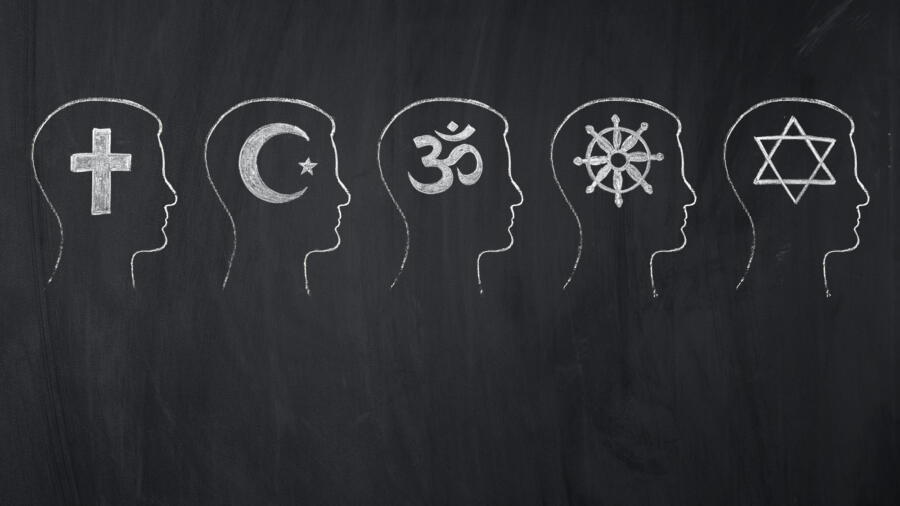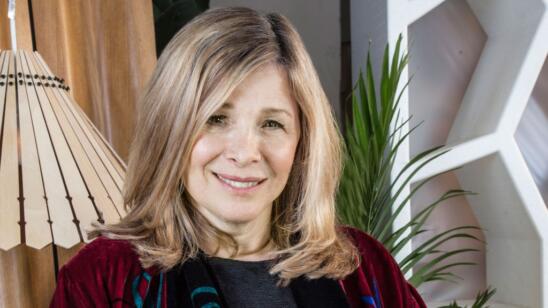Are you in a relationship with someone of a different faith? It turns out you are not alone. People are more likely to marry outside their religion than outside their political party. So, what’s going on?
Interfaith marriage is on the rise in the United States, and it shows no signs of slowing down. The 2014 Pew Religious Landscape Study, which surveyed more than 35,000 Americans from all 50 states, found that 31 percent of marriages were interfaith. Couples who haven’t taken the plunge but are living together are even MORE likely to be in an interfaith relationship–nearly half said they belonged to different religions.
One theory behind the interfaith increase could be that people are getting married much later than they used to, according to Naomi Schaefer Riley, author of ‘Til Faith Do Us Part: How Interfaith Marriage is Changing America. The average age of marriage is at an all-time high in the United States: 27 for women, and 29 for men. It turns out the older you get married, the more likely you are to marry outside your faith.
It makes sense when you think about it. Very religious people, of whatever faith, tend to marry young. As American kids grow up, many of them move away from home and become disconnected from their family’s religious traditions. Between college and getting married, many of us enjoy the freedom to date whomever we want, regardless of religion. The longer we wait to get married, the more freedom we enjoy.
Although many people celebrate the rise of interfaith marriage in America, some view it as a threat to the strength of their communities. Plus, there’s evidence to show that interfaith marriages are more likely than non-mixed marriages to be unhappy–especially when one partner is more religious, and ends up resenting his or her spouse for not sharing the same faith.
Of course, religion is about much more than going to church (or synagogue, or mosque…). It’s about how you decide to raise your kids, spend your time and money, where you choose to live and a whole host of other things. For couples of different faiths, sometimes the difficulties start when they meet each other’s parents for the first time, or when they try to plan their wedding ceremony. Other interfaith couples might not think having different religions is such a big deal–until they have kids. Surprisingly, Riley found that less than half of the couples said they’d discussed what faith they would raise their children in before marrying.
In case you’re wondering, it seems that Buddhists are by far the most likely to be part of an interfaith marriage (61 percent). Hindus are the least likely (9 percent), followed by Mormons (18 percent) and Muslims (21 percent).
Potential conflicts aside, there’s no reason to think interfaith marriages will go away anytime soon. It’s quite the opposite: The Pew study found that nearly 40 percent of married people who tied the knot since 2010 have a spouse who identifies with a different religion than they do (compared to the 19 percent who married before 1960). These numbers suggest many Americans just don’t think marrying someone of the same religion is as important as they used to–and that despite their differences, many couples are betting that love can conquer all.
Interested on how modern-day couples are dealing with interfaith, interracial or same-sex issues? Check out the new series Bride & Prejudice, premiering Tuesday, March 15 at 9/8c on FYI to see how three couples face adversity from family as they get ready for marriage.


